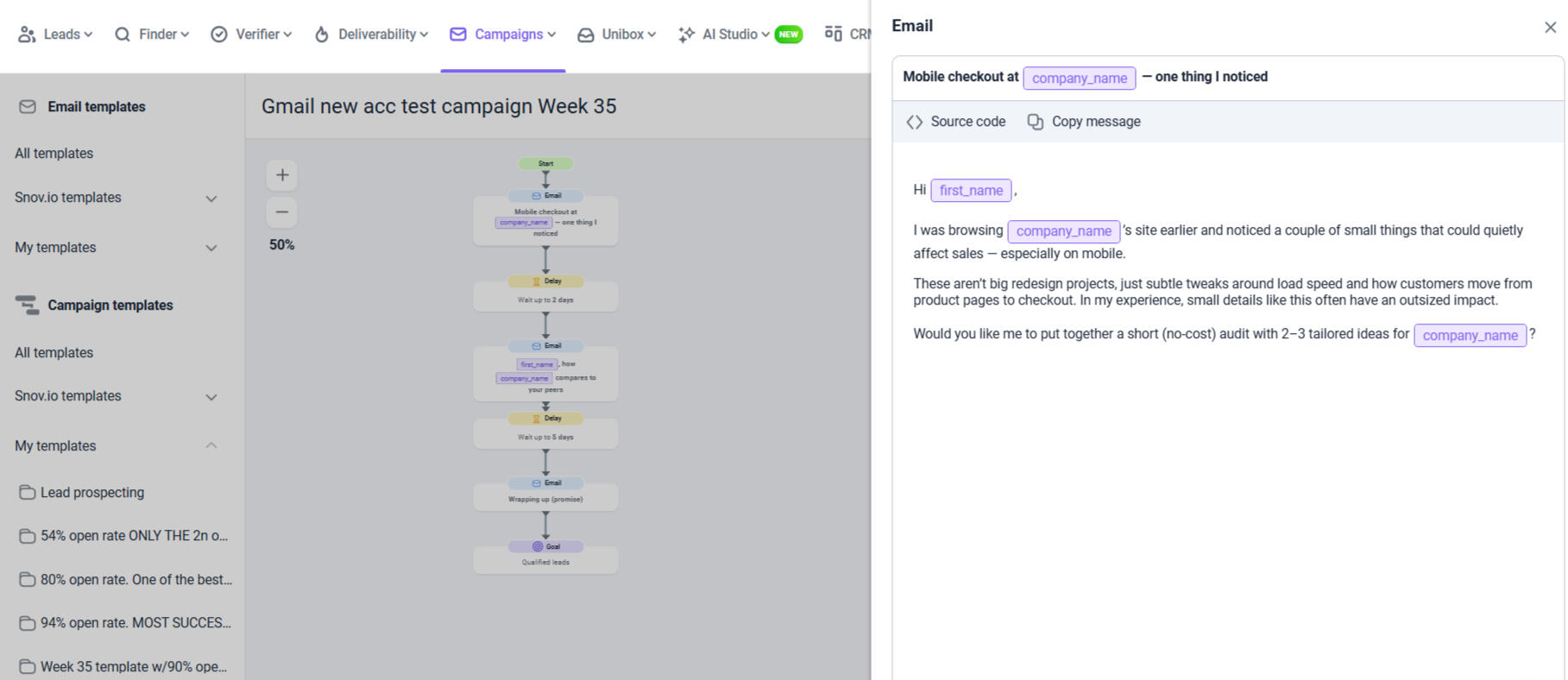Pixels & Numbers
Tips for Growing Your Online Business
Digital Marketing, SEO & Ecommerce Tips
Blog articles to help you grow your business, get found online, and make smarter decisions with data.
"The Hidden Leaks in Your Ecommerce Store (And How to Fix Them Without a Big Budget)"
Running an ecommerce store is a bit like managing a boat, you’re constantly moving forward, but even the smallest leaks can slow you down. These “leaks” aren’t always dramatic.
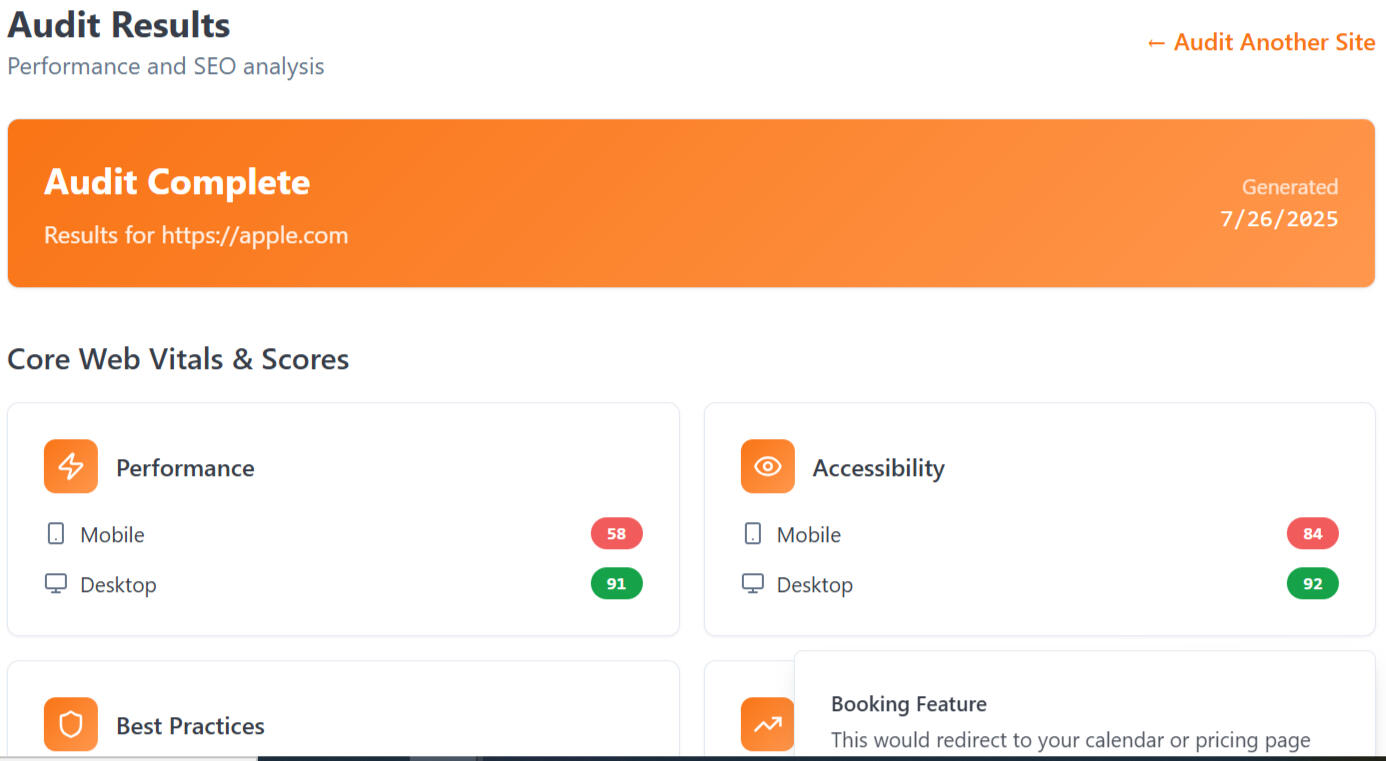
Our free SEO tool you can use for your own business.

How Small Businesses Can Get Clarity Without Complex Tools
You don’t need more data. You need the right data.If you’ve ever opened GA4, Shopify Analytics, or Meta Ads Manager and closed it right back down, you’re not alone.
How I Set Up Proper GA4 Tracking for My Personal Website (Without a Developer)
When I launched my website and Instagram page for my freelance brand Pixels & Numbers, I wanted to make sure I could measure where my visitors came from, without guessing.But setting up Google Analytics 4 (GA4) properly and knowing what’s real data versus my testing. I took some digging, testing, and problem-solving.
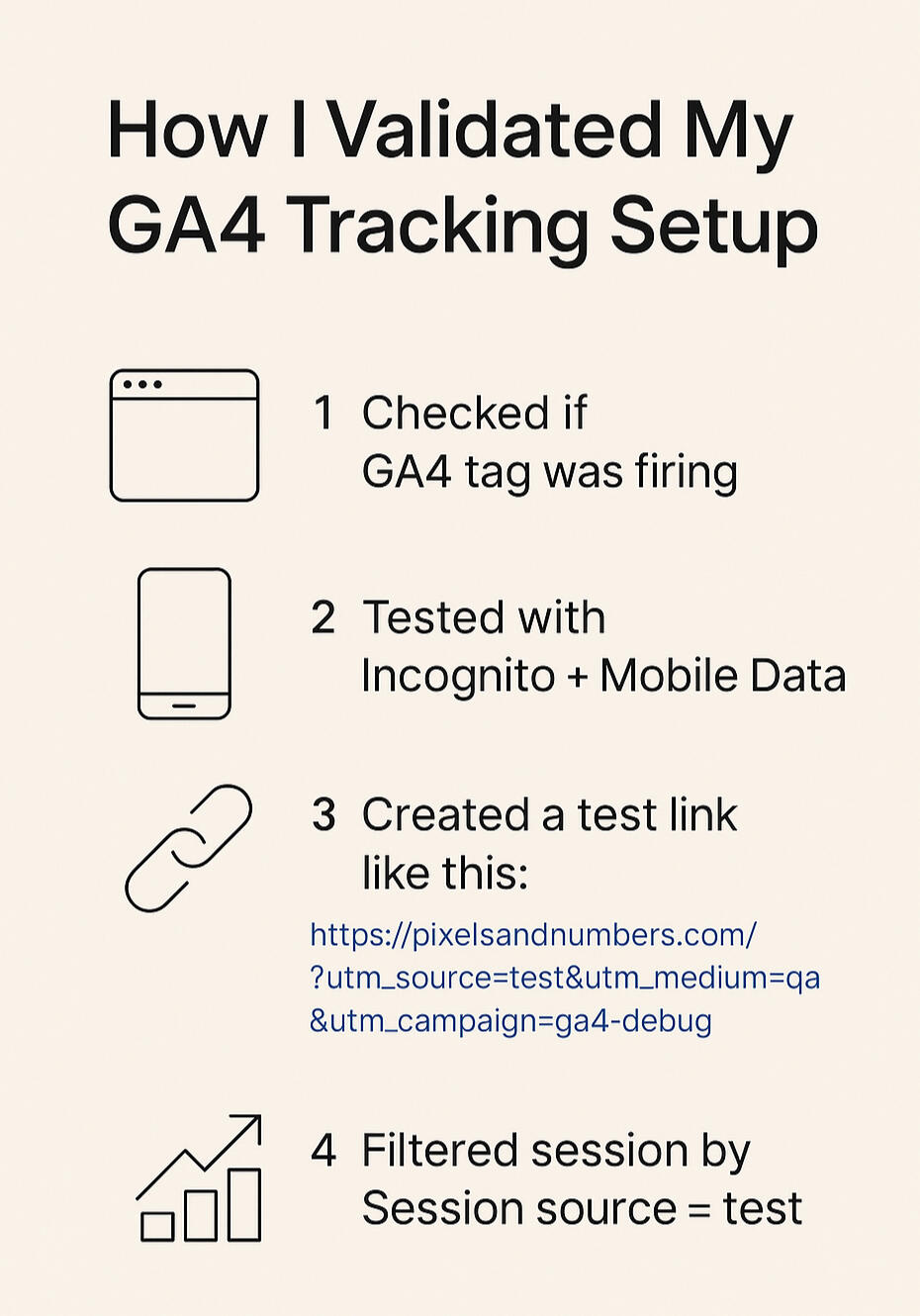
Too Much Data, Too Little Clarity: 3 Analytics Mistakes Small Brands Make
“We’re tracking everything, but we’re still guessing.”I hear that often, and the truth is that most small e-commerce or service businesses aren’t short on data.
They’re short on clarity.
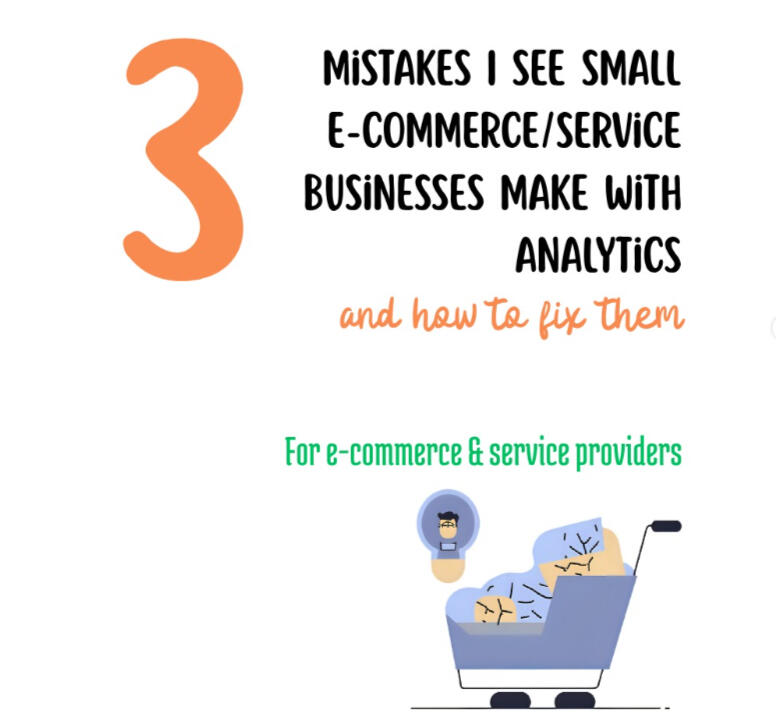
3 Reasons Your Website Is Costing You Sales - And How to Fix Them
If your website isn't converting visitors into leads or sales, it's not just a tech issue—it's a business issue.You might be investing in ads, content, or SEO to drive traffic…but if your website is leaking conversions, you're losing ROI every day.

How to Audit Your Marketing Funnel (Step-by-Step)
If your leads are slowing down and conversions aren’t going in the direction you want, chances are you have a leaky funnel.A leaking funnel simply means people are dropping off before reaching the next stage in the customer journey. But how do you find out where it’s leaking, and how do you fix it?Let’s walk through it step by step.

Simple Website Tweaks That Add Up: 7 Tiny Fixes That Improve Conversions
Many brands focus on big redesigns and expensive tools. But often, it’s the small, overlooked fixes that quietly boost conversions — Nils Goldingers.In this post, I’ll share 7 practical, low-effort website tweaks that can make a noticeable difference, especially for e-commerce and service websites.
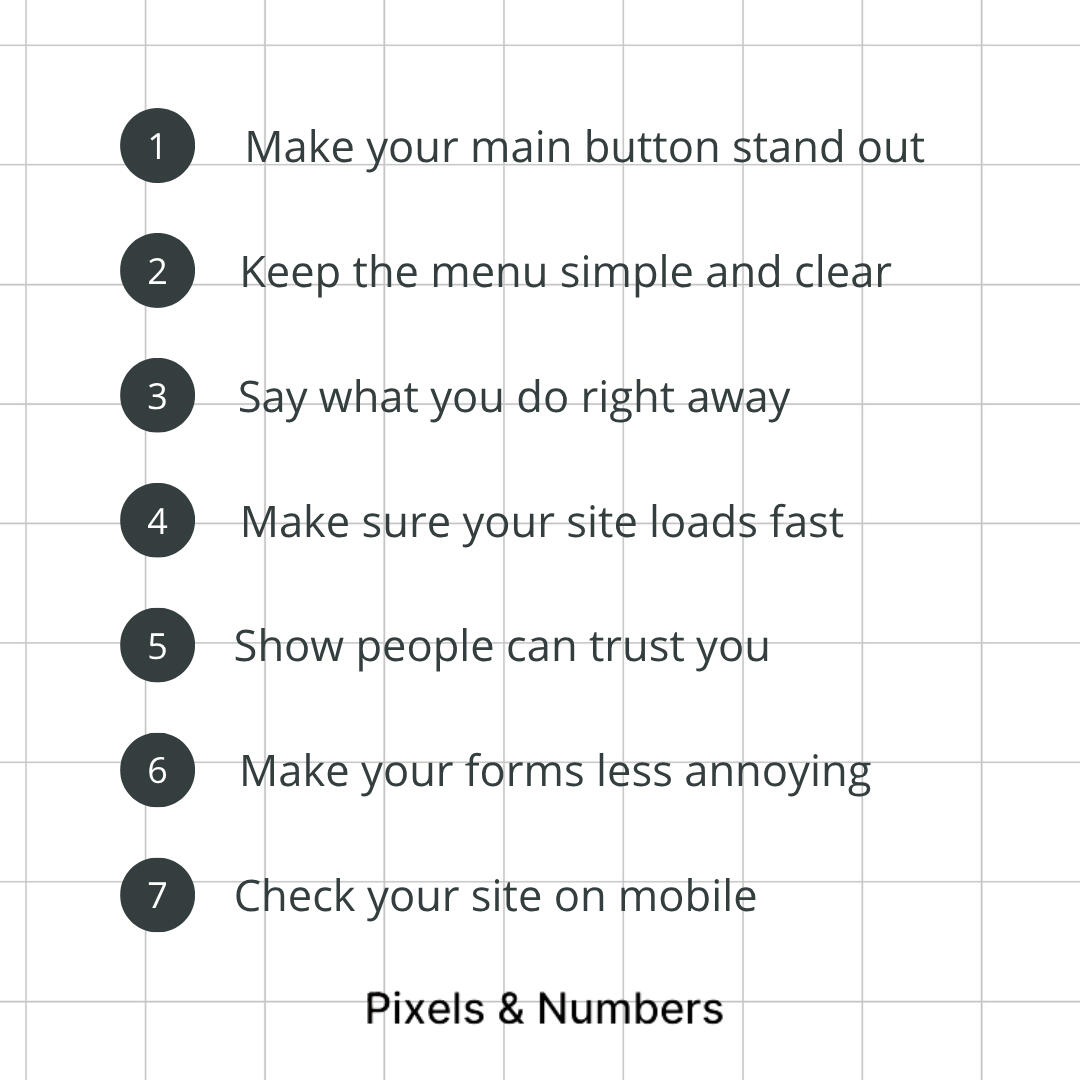
How 3 Simply Crafted Subject Lines Got Me More Than 70% Open Rates
In my last cold email campaign, I wasn’t getting the opens as I expected, so I tried inviting a conversation. That mindset shift, combined with three simple subject lines, helped me hit open rates over 70%, with one version peaking at 76%.Here’s exactly what I used and why it worked.
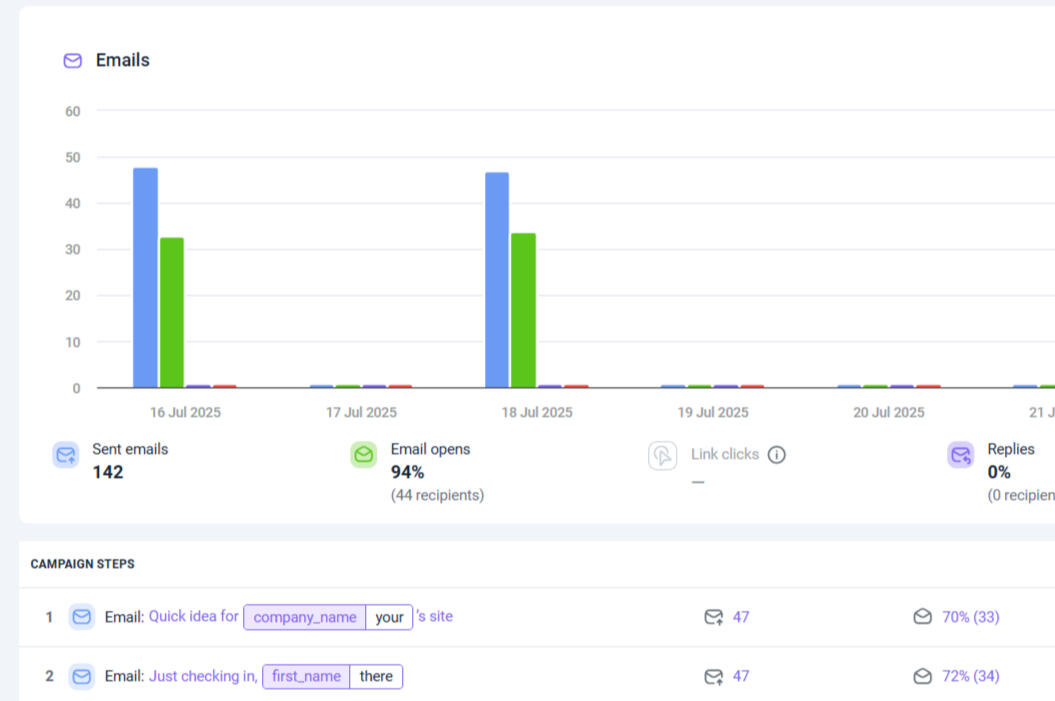
The Cold Email Metrics That Matter (And What To Do With Them)
Cold emailing isn’t just sending out a bunch of messages and hoping for replies. To improve your results, you need to track the right metrics and what the numbers are telling you. In this post, I’ll break down the key cold email metrics, what they mean, how to measure them, and act on the results of your outreach to make your campaigns more successful.“What gets measured gets managed.” — Peter Drucker
Cold Emails Not Getting Opened? Fix These 5 Hidden Issues
Sending cold emails can be tough. Even if your message is good, sometimes people just don’t open it. Before blaming the list or timing, check these 5 common hidden issues that might be stopping your emails from getting opened.
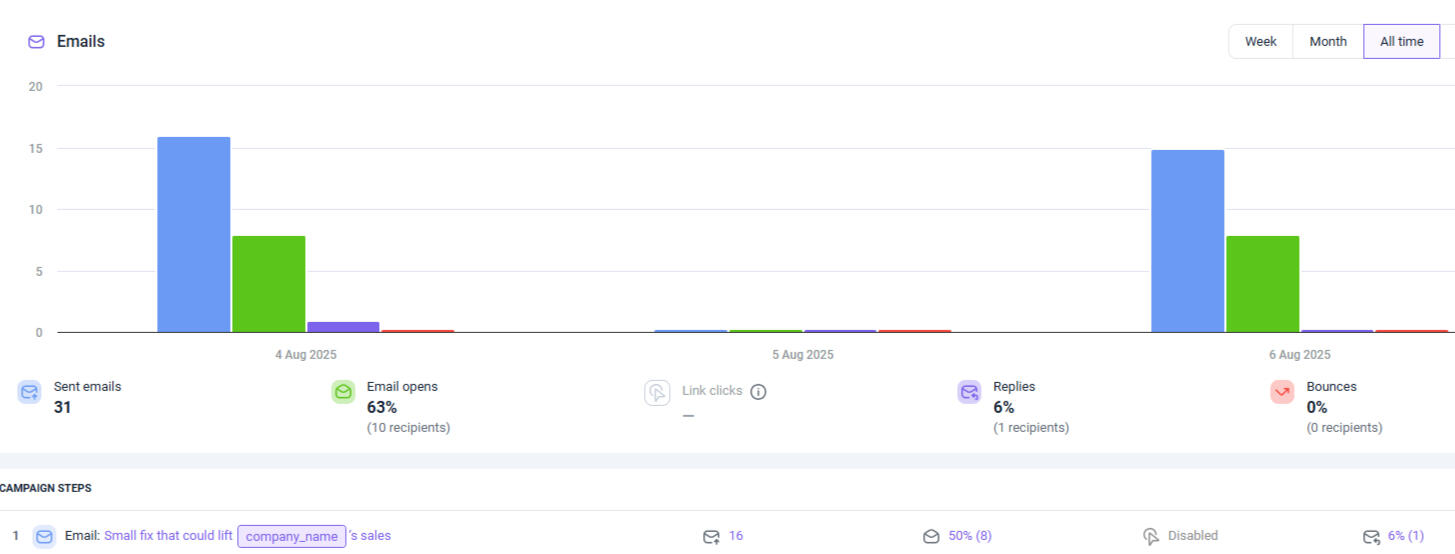
The Website Audit Blueprint: 7 Fixes That Boost Conversions Fast
Your website might look great, but if visitors aren’t turning into customers, something’s off. Here are 7 quick fixes we often recommend in audits that can make a big difference fast.
Why combining marketing skills with programming languages makes you a rare asset
Most professionals today either choose a marketing road or a technical road. Marketers focus on writing copy, building campaigns, and driving leads. Developers concentrate on code, tools, and solving technical problems. But very few people build expertise in both.That's what makes combining marketing and programming such a rare and valuable skill set.
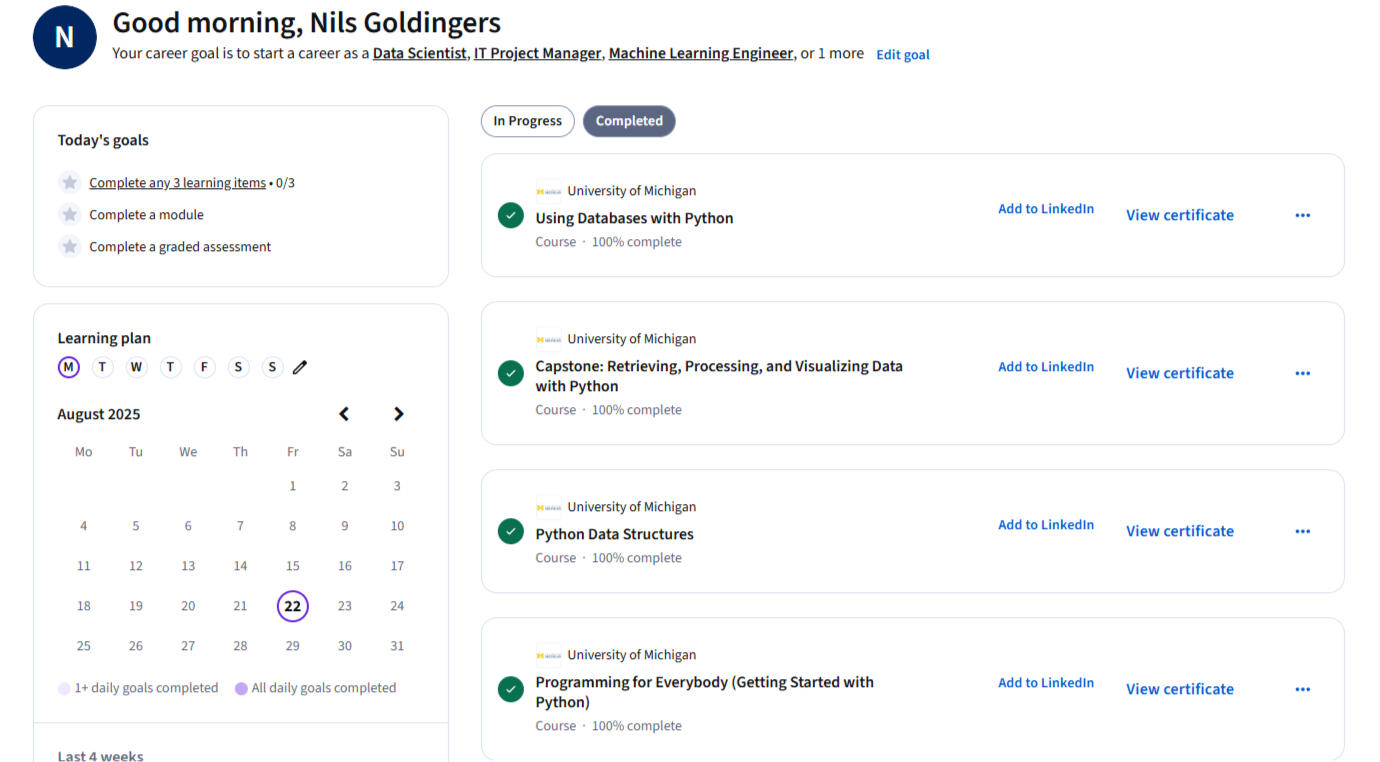
3 Coding Skills Every Modern Marketer Should Learn
Marketing is no longer just about creativity and storytelling. Today, it’s more than just running email campaigns, designing landing pages, or coding simple static websites that limit your potential. You can’t design a landing page the way you want it, or build a fully customized website, simply because you’re behind a paywall.Here are three coding skills that every marketer should learn.
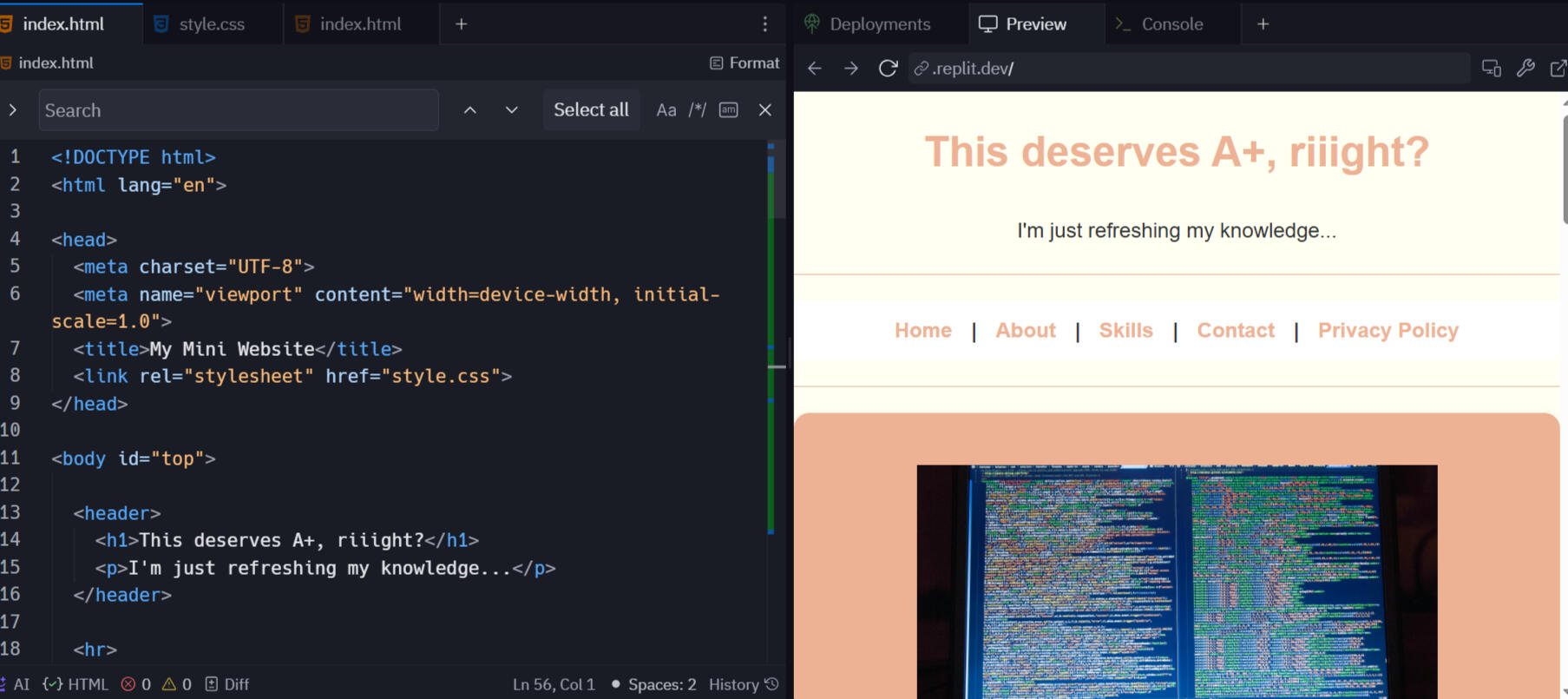
Why SMBs Should Stop Dragging and Dropping Emails, and Start Coding Them
Most CEOs and business owners track ad spend, traffic, and revenue. But few realize they lose customers in a quieter place like their inbox.Emails that load slowly, break in Gmail or Outlook, or look generic don’t just frustrate customers; they cost sales.
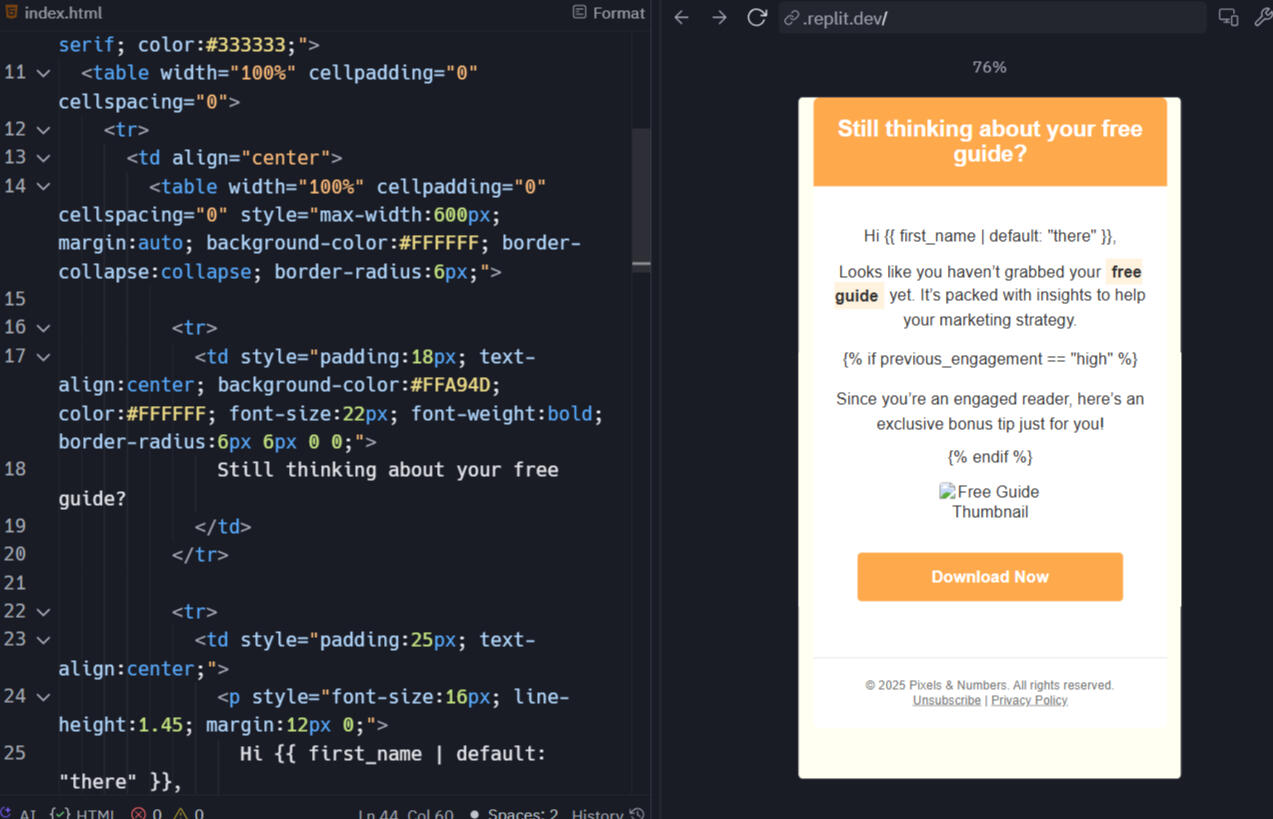
From Newsletters to Revenue: The 4 Email Flows Every SMB Needs
Most SMBs miss out on 20–30% more revenue by not setting up the right email flows.
I see it a lot in audits. Business owners believe they're doing email because they send a monthly newsletter. The problem is that newsletters aren't where most sales come from.
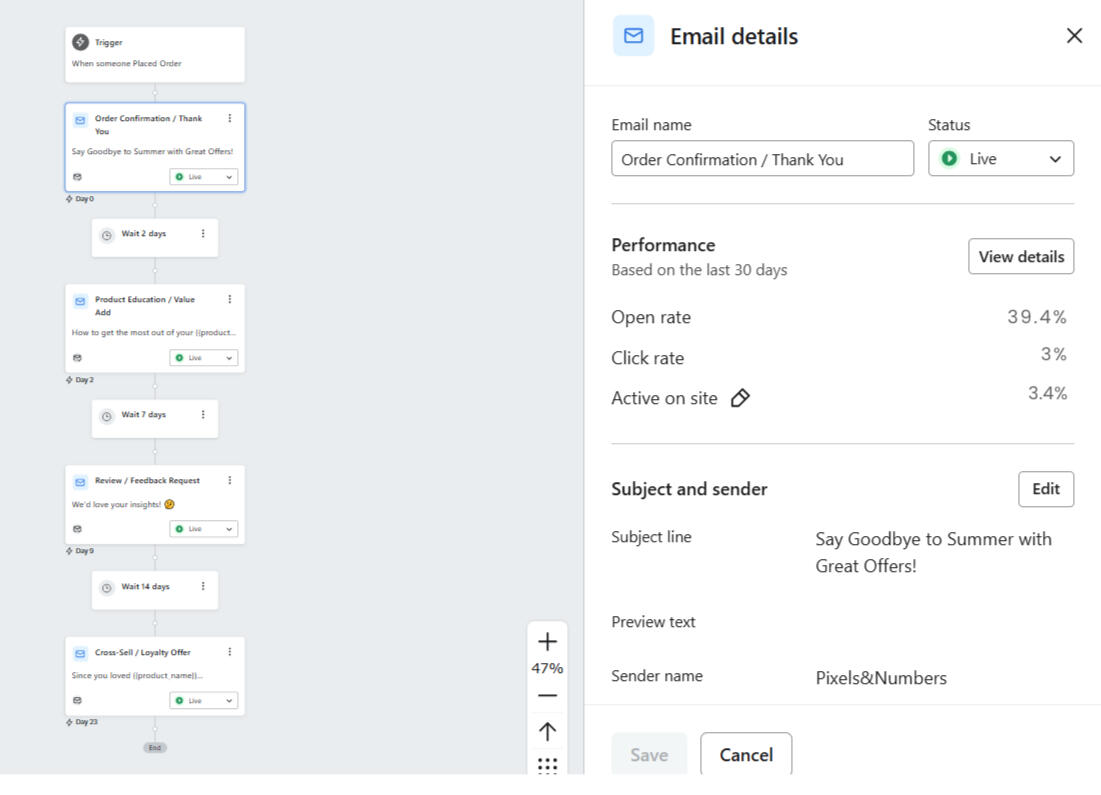
Why Most Cold Emails Get Ignored (and How to Fix Yours)
Some emails get opened. Most don't. And it's rarely about the product or service you're offering; it's about the first few lines. A slow hook, a vague benefit, or a generic opener quietly buries your message before it even reaches the reader's attention.
Think of it like a website. You wouldn't tolerate a slow-loading page, broken buttons, or unclear navigation, so why accept emails that fail in the same way? It makes your website visitors leave without realizing it.
